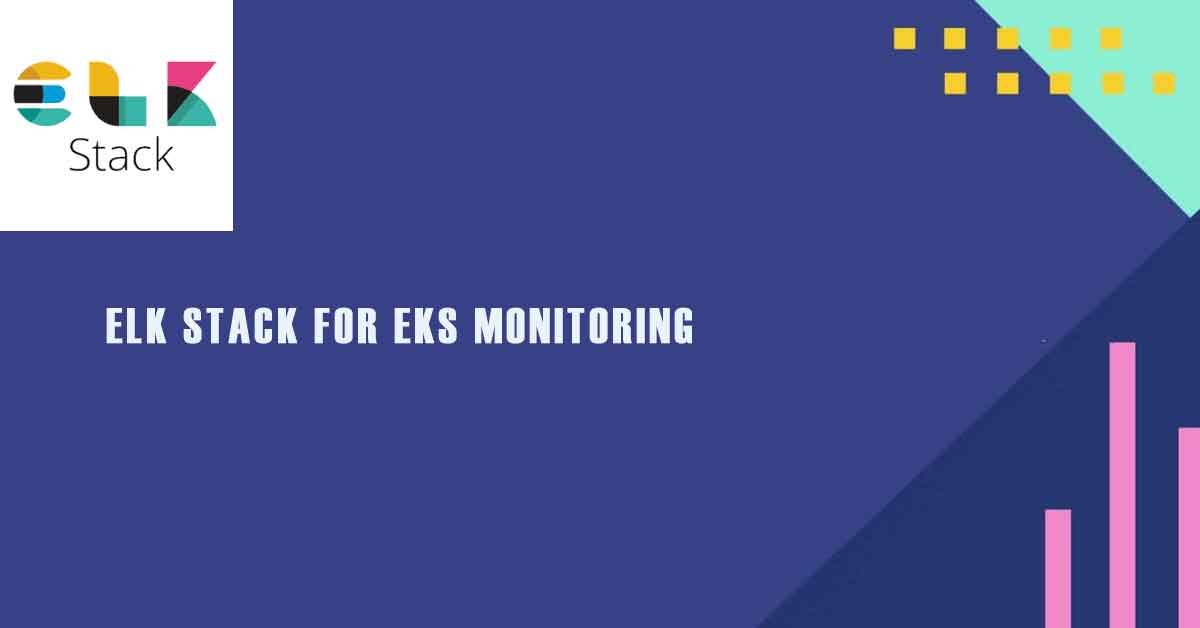Published on CloudSoft Solutions | October 10, 2025
The ELK Stack (Elasticsearch, Logstash, Kibana) is a powerful toolset for centralized logging and monitoring—especially when paired with Amazon EKS (Elastic Kubernetes Service). For engineers with 3–6 years of experience, mastering ELK Stack for EKS monitoring is a highly valued skill in modern DevOps and Cloud Engineering roles.
This blog post, brought to you by CloudSoft Solutions, presents a curated list of 12 interview questions with detailed answers designed to help you excel in your next technical interview. These insights are drawn from real-world implementations, Elastic documentation, and AWS best practices, tailored specifically for mid-level engineers.
1. What is the ELK Stack, and why is it used for EKS monitoring?
Answer:
The ELK Stack comprises:
- Elasticsearch – Data storage and search
- Logstash – Data processing
- Kibana – Visualization
It’s widely used in EKS for centralized log aggregation from Kubernetes pods, nodes, and containers, enabling real-time analysis and alerting. Unlike AWS CloudWatch, ELK efficiently handles high-volume, unstructured logs (e.g., application or kubelet logs), making it ideal for detecting issues like pod crashes or resource bottlenecks in EKS clusters.
2. How would you deploy the ELK Stack on an EKS cluster using Helm?
Answer:
Deploy ELK using Elastic’s official Helm charts:





